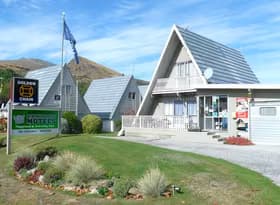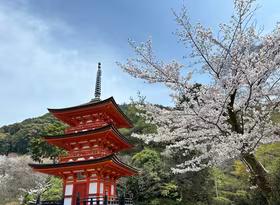Auckland is home to a third of the country’s population, so with the region under Level 3 lockdown, the flow of visitors to all of the country is affected. Auckland is also one of the most affluent regions, with an average household income of $139,000, well above the national average of $111,000. This means that the loss of Auckland tourists will have a disproportionately large effect on domestic tourism.
Where Aucklanders go on holiday
Spending patterns can help us understand where Aucklanders go on holiday, and therefore understand which areas will be most affected by the loss of Auckland visitors during their Level 3 lockdown.
Queenstown-Lakes is the largest market for Auckland tourists, with Aucklanders spending $353m in the district over the year to June 2019, accounting for 32% of all domestic spending in the district. This is followed by Wellington City and Christchurch, where Aucklanders spent $340m and $312m respectively, although they accounted for a smaller share of domestic spending.
Aucklander’s spending is significant for a number of smaller districts. Aucklanders spent $146m in Rotorua (accounting for 30% of domestic spending), $139m in Thames-Coromandel (46%), and $49m in Kaipara (46%).
How long will it take to bounce back?
Auckland’s Level 3 lockdown will have an immediate effect on tourism, as during the two-week lockdown period, no Aucklanders can depart the city for non-essential purposes such as leisure or business travel. Additionally, due to uncertainty around when the restrictions will ease, the lockdown is likely to dampen forward travel bookings in the weeks following the lockdown. We can look at spending patterns from May when New Zealand transitioned out of Level 3 restrictions, to see how long it might take for Auckland’s travel patterns to resume.
Level 2 came into effect from 14 May onwards. In the week to 20 May, spending by domestic consumers in Thames-Coromandel, a short drive from Auckland, jumped up by 30% compared to the same week in 2019. Rotorua, also within driving distance of Auckland jumped up by 12%. Spending in Queenstown-Lakes took longer to recover, reflecting the lag involved with booking flights and accommodation. Domestic spending in Queenstown-Lakes returned to 2019 levels three weeks after the end of Level 3 restrictions.
This indicates that destinations within driving distance of Auckland, such as Thames-Coromandel, Kaipara, Rotorua and Taupo, can expect a surge in Aucklanders in the week after Level 3 restrictions are eased. Some Aucklanders will already have bookings for trips further away in September, meaning that areas like Queenstown-Lakes will start to see Aucklanders again as soon as the city is out of Level 3. However, past experience shows that there will be at least a three-week lag before Aucklanders start arriving on new bookings.
This means that a two-week lockdown can cause at least a five-week lull in visitors.
!function(){"use strict";window.addEventListener("message",(function(a){if(void 0!==a.data["datawrapper-height"])for(var e in a.data["datawrapper-height"]){var t=document.getElementById("datawrapper-chart-"+e)||document.querySelector("iframe[src*='"+e+"']");t&&(t.style.height=a.data["datawrapper-height"][e]+"px")}}))}();
There was no discernible shift in spending patterns after transitioning from Level 2 to Level 1 on the 8th of June. This would suggest that travel pattens from the rest of the country shouldn’t be too disrupted by the Level 2 restrictions, although the abrupt change in our COVID-free status has been a shock to many.
A shock to the system
The return of Level 2 and Level 3 restrictions has been something of a shock to our nation’s psyche. Only weeks earlier, we experienced a bumper July school holiday, in which spending was up to 7% ahead of 2019 levels as we explored our own backyard instead of travelling overseas. Only two weeks ago, a travel bubble with the Cook Islands seemed imminent. This abrupt change in circumstance may have a chilling effect on forward bookings as we have all been reminded of the prevailing uncertainty, and may think twice before booking travel out of region. This uncertainty will hit remote destinations such as Queenstown, which for most of population require flights and accommodation to be booked well in advance. This will also provide a cautionary signal to event organisers, reminding them of the uncertainty and huge financial risk of scheduling events in the current environment.
On the other hand, destinations within driving distance of a large population may gain from a surge in spontaneous trips, such as Wellingtonians heading to Martinborough, Cantabrians heading to Hanmer Springs, and Aucklanders visiting the Coromandel.













